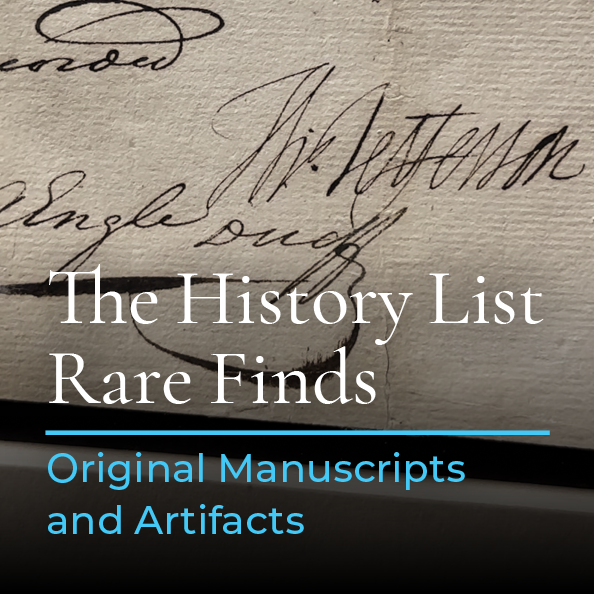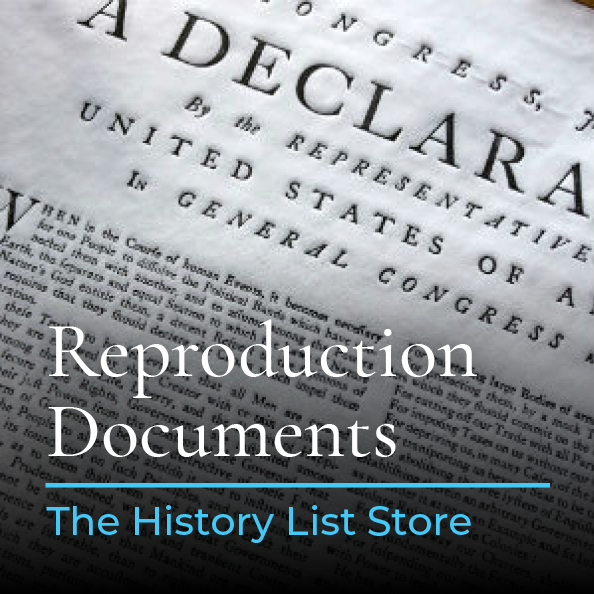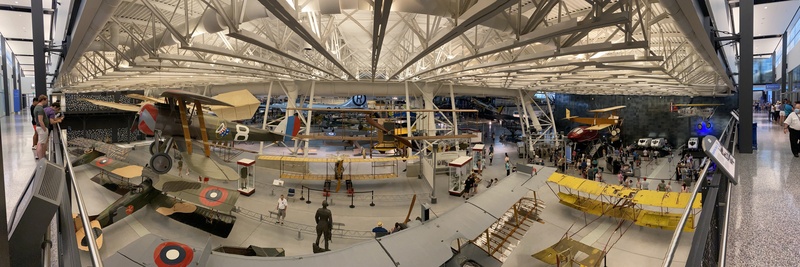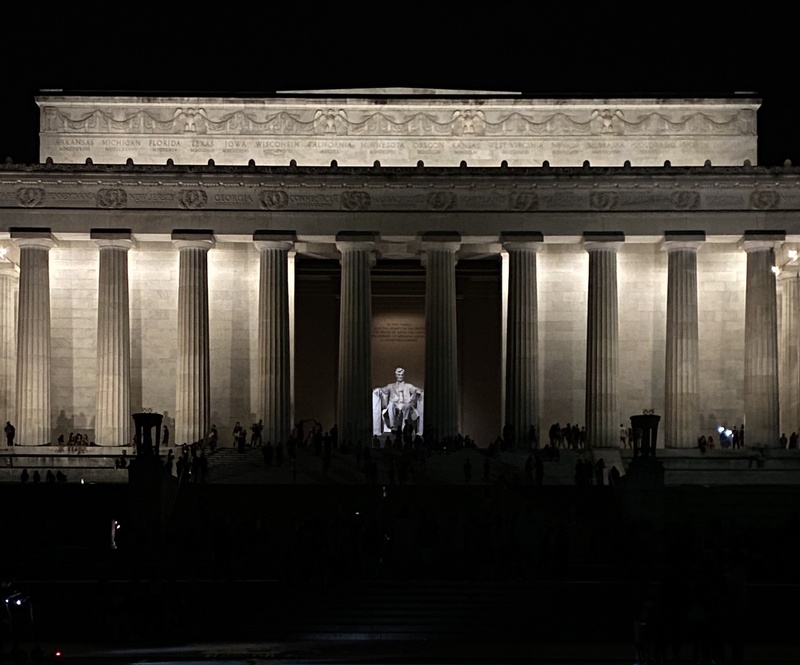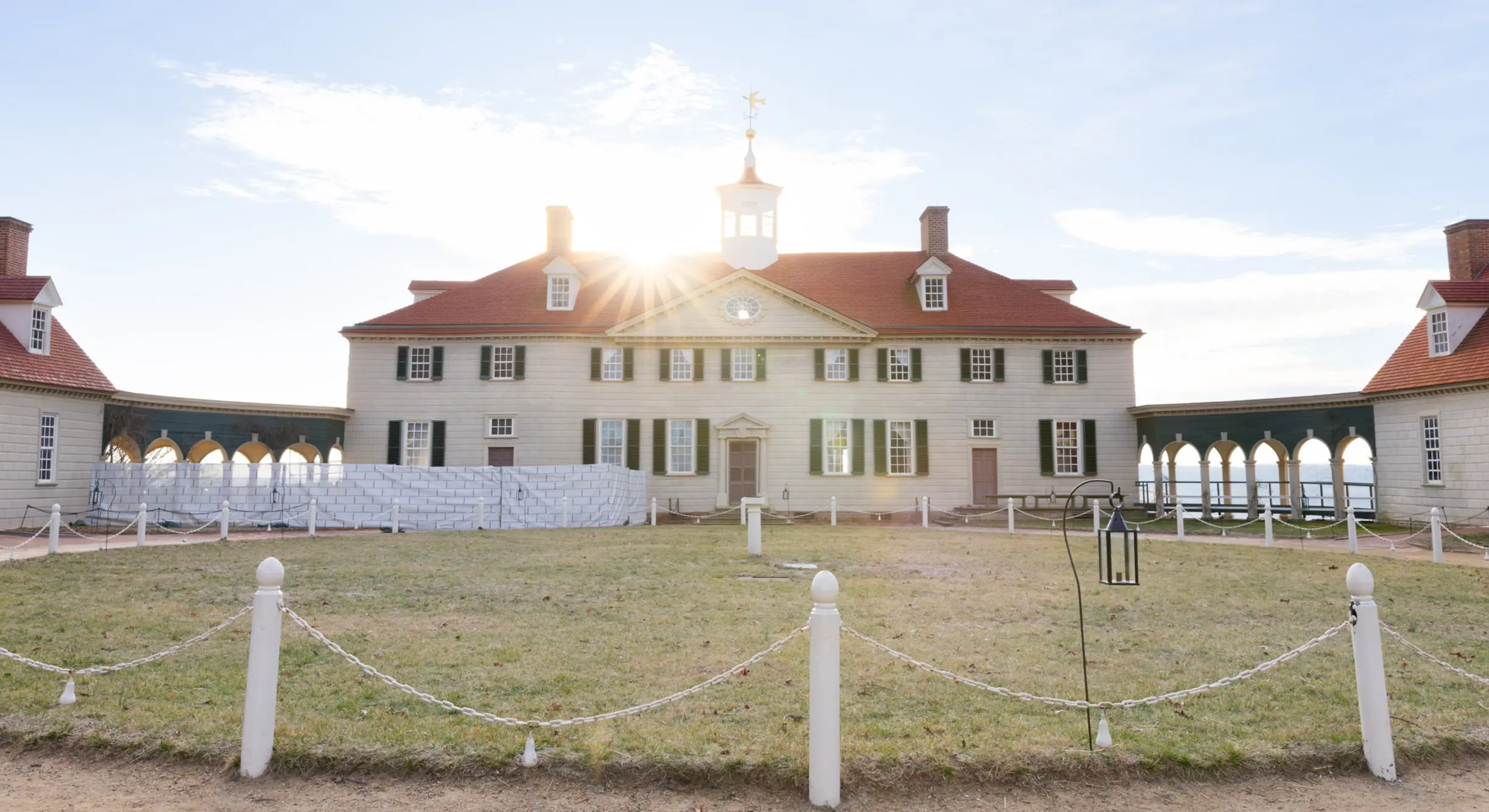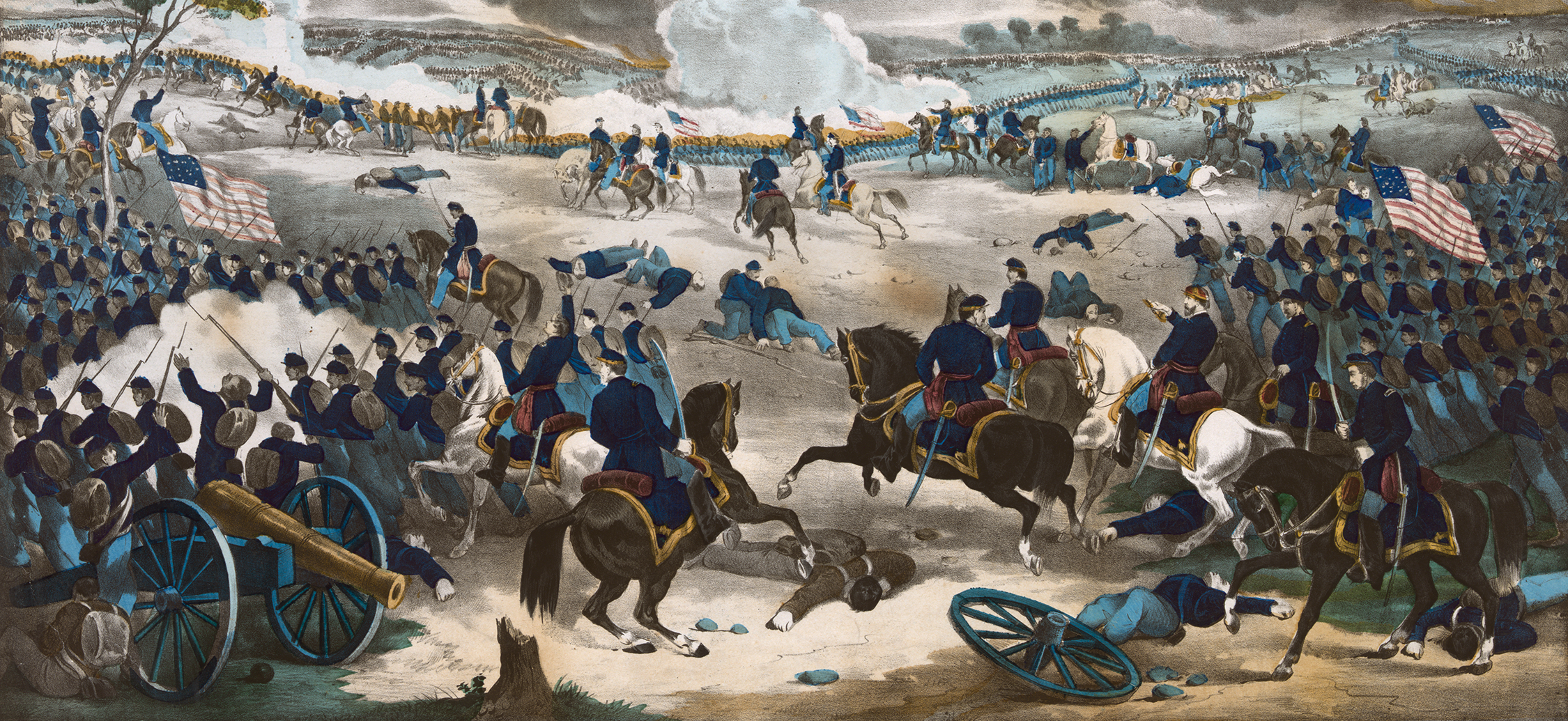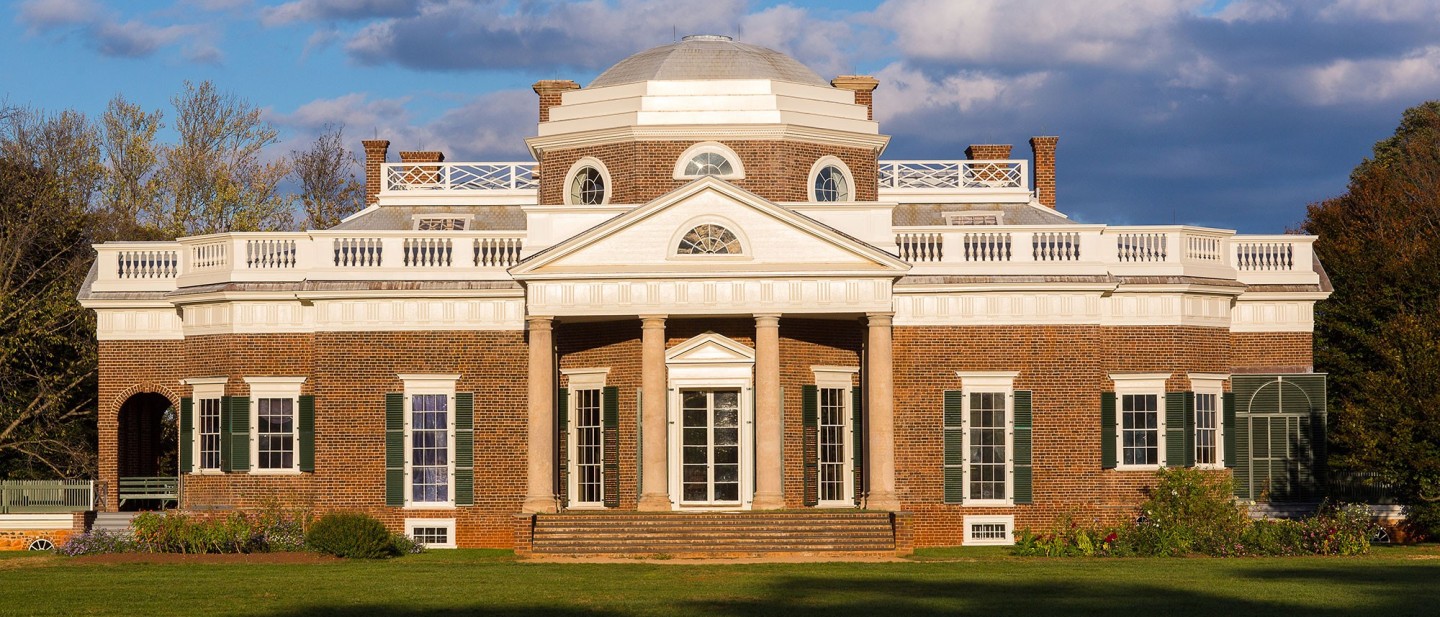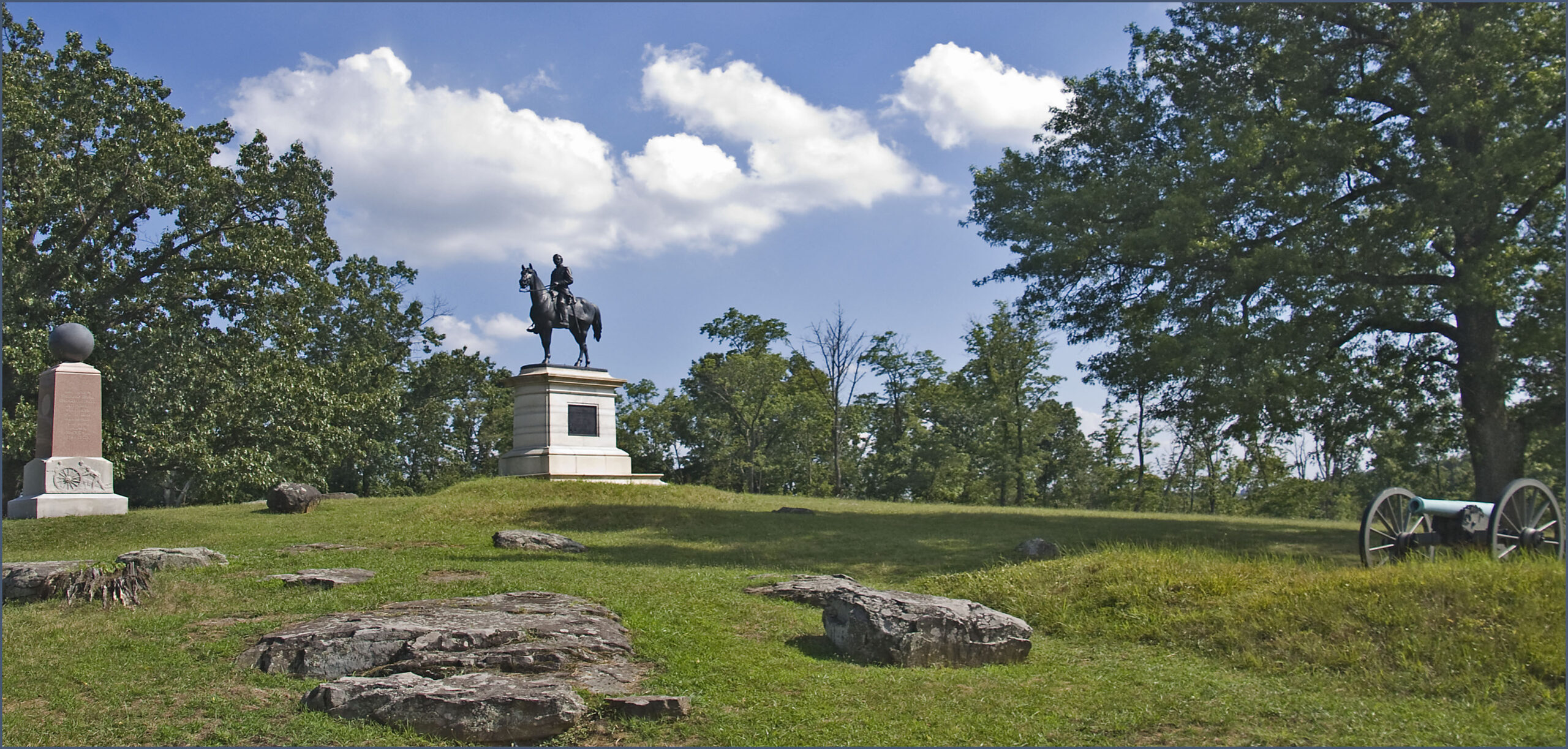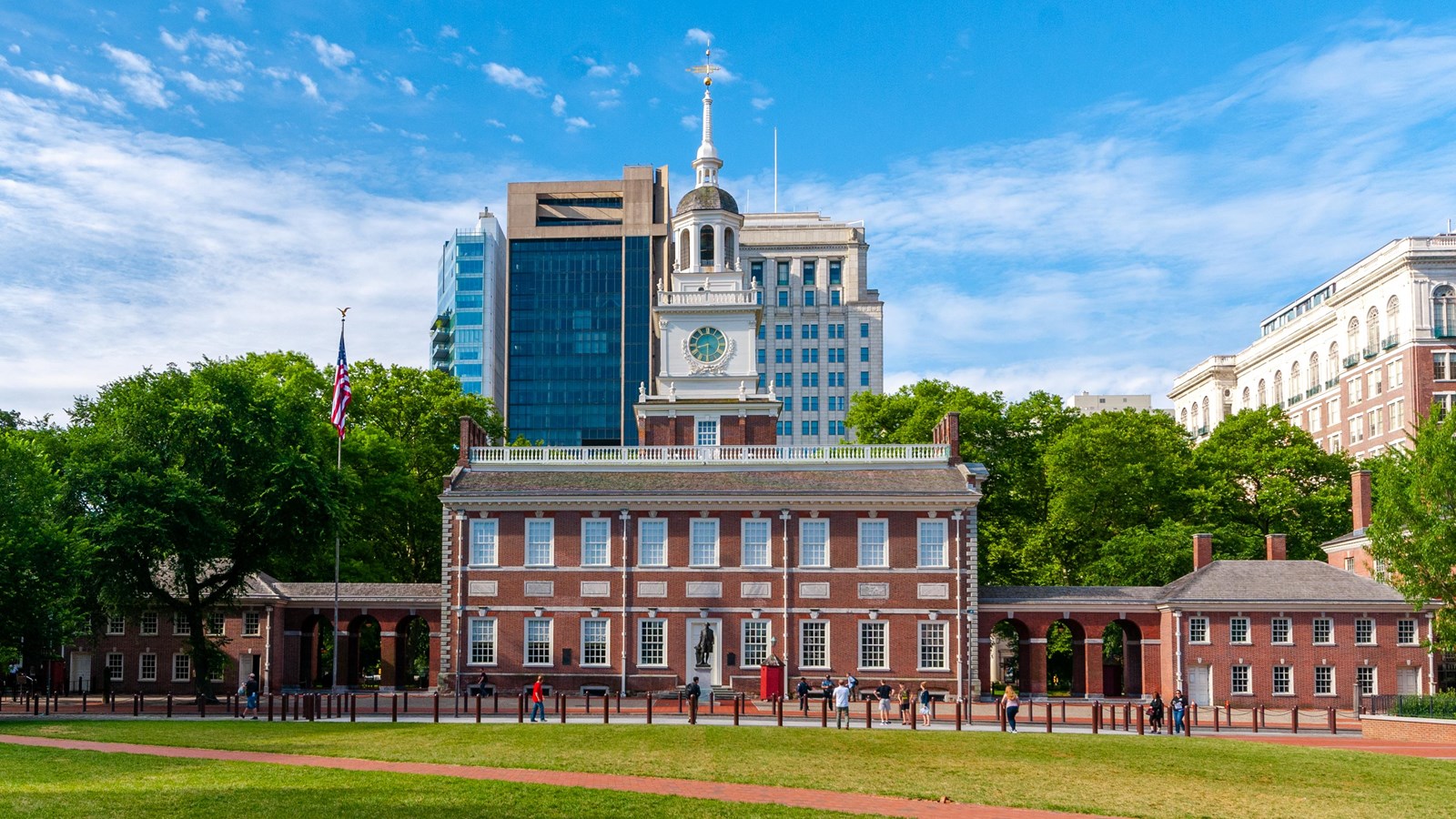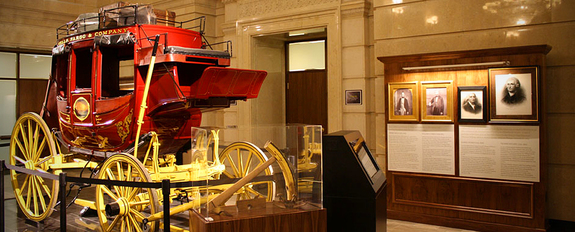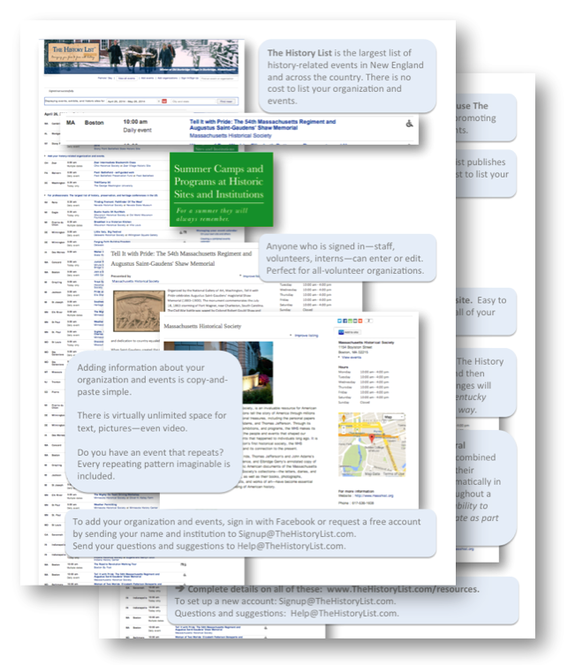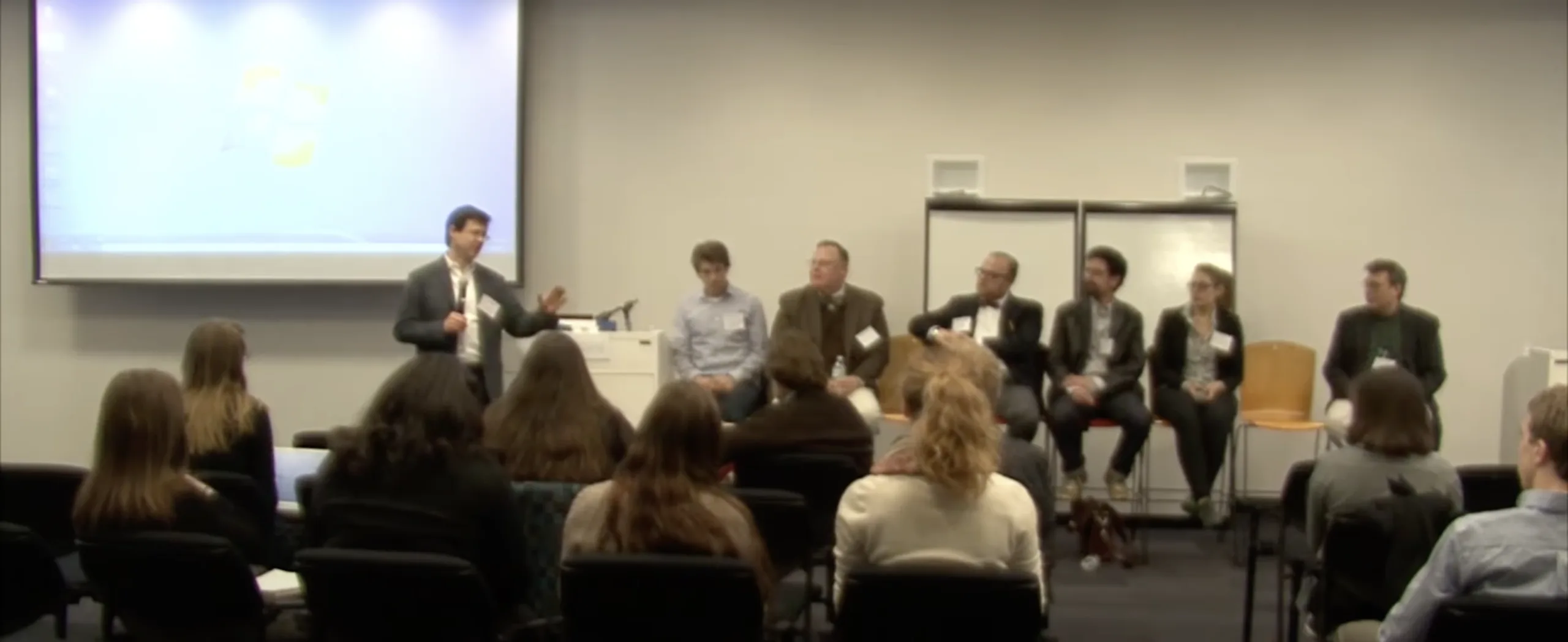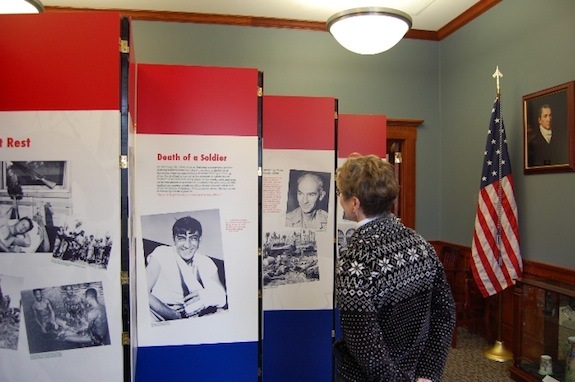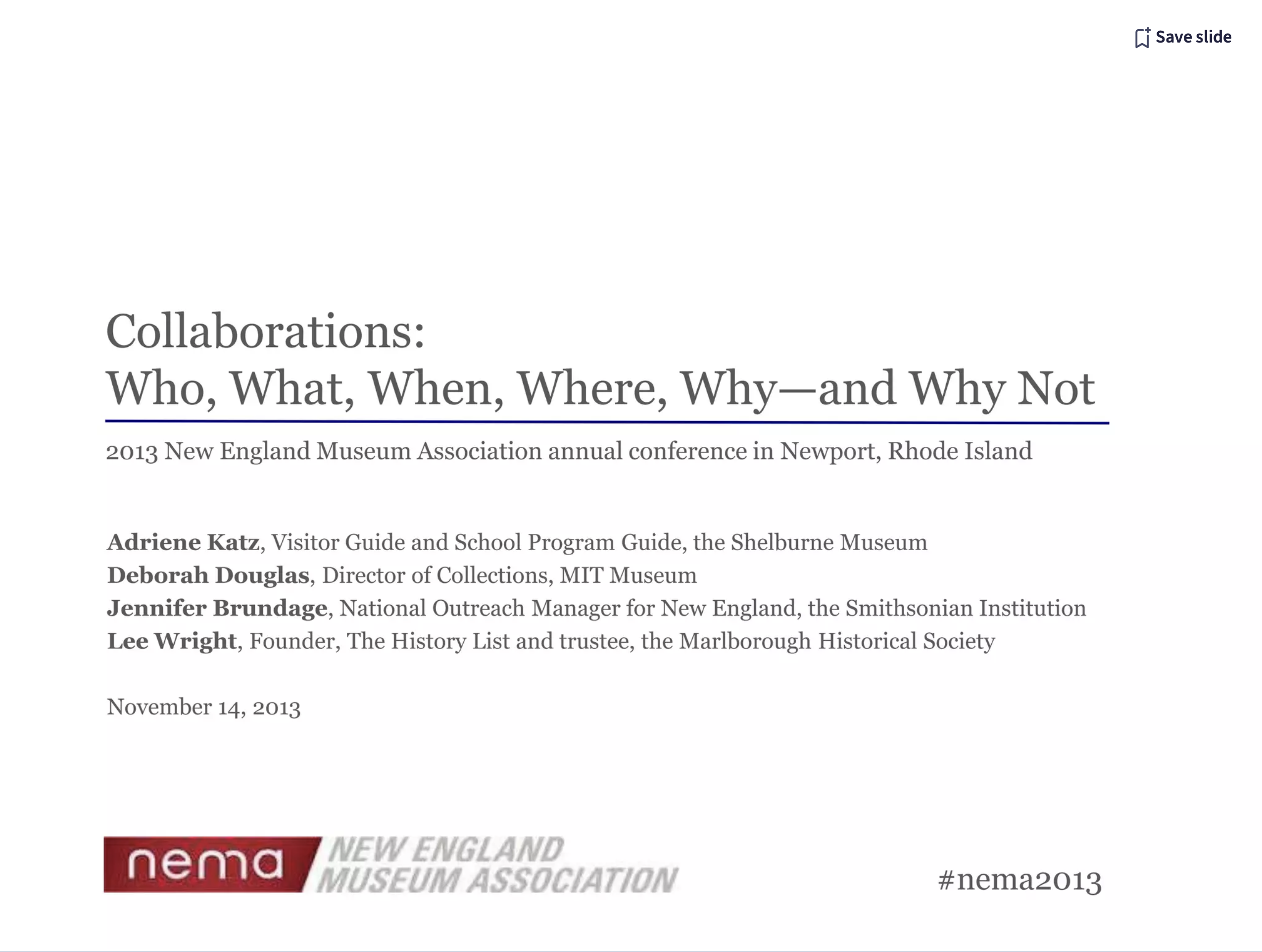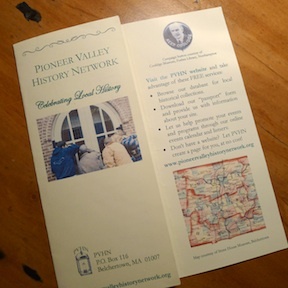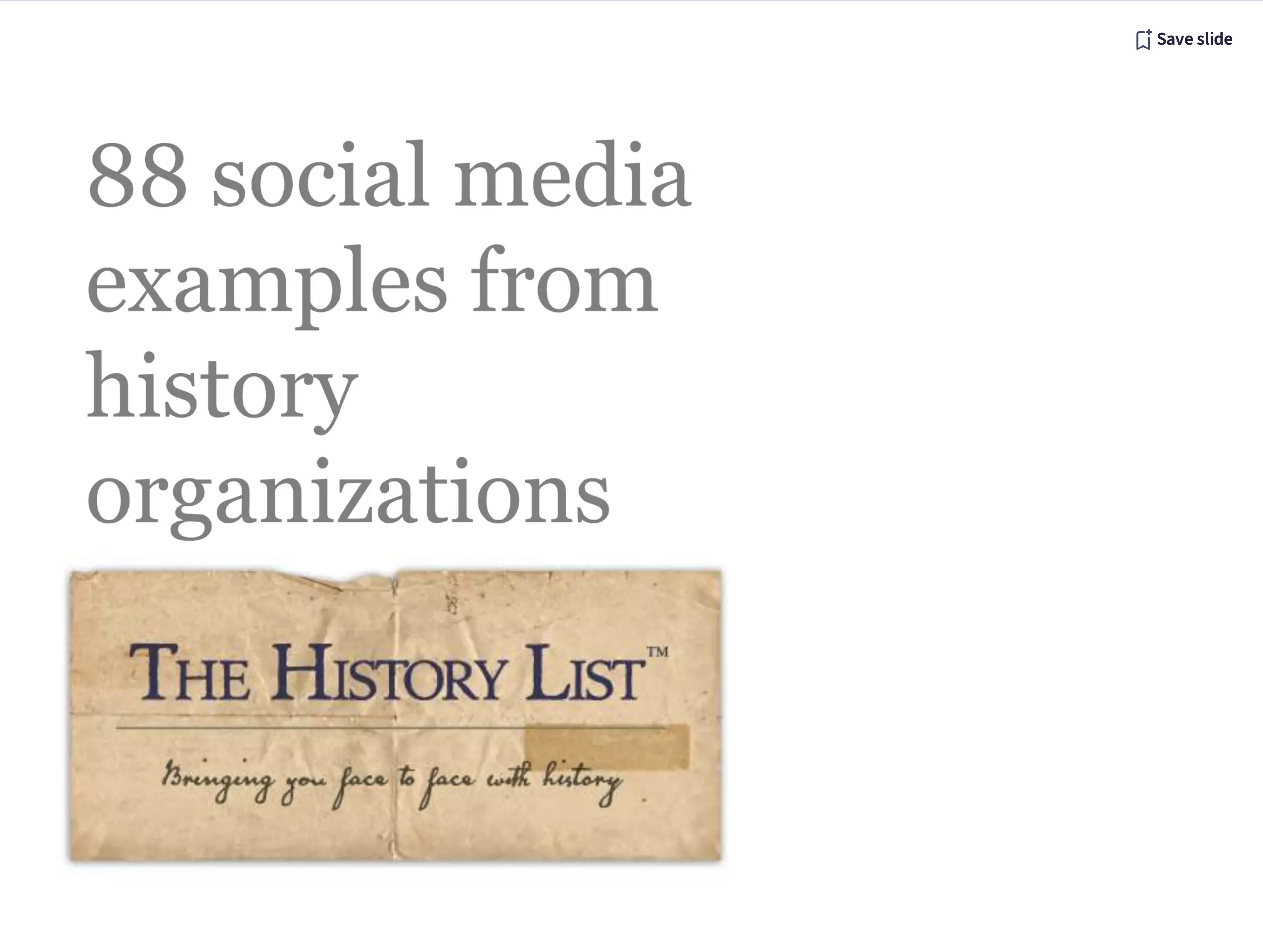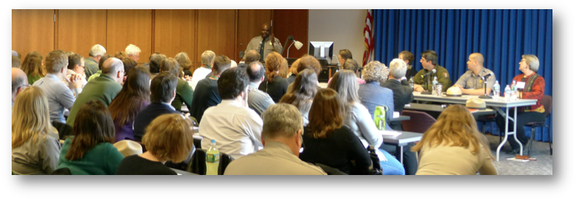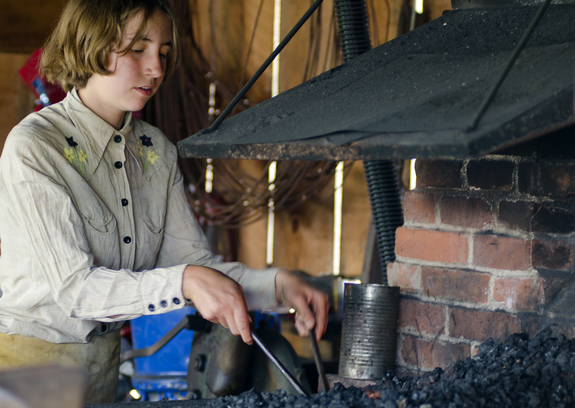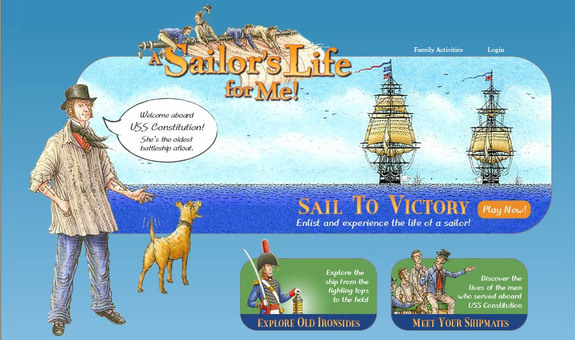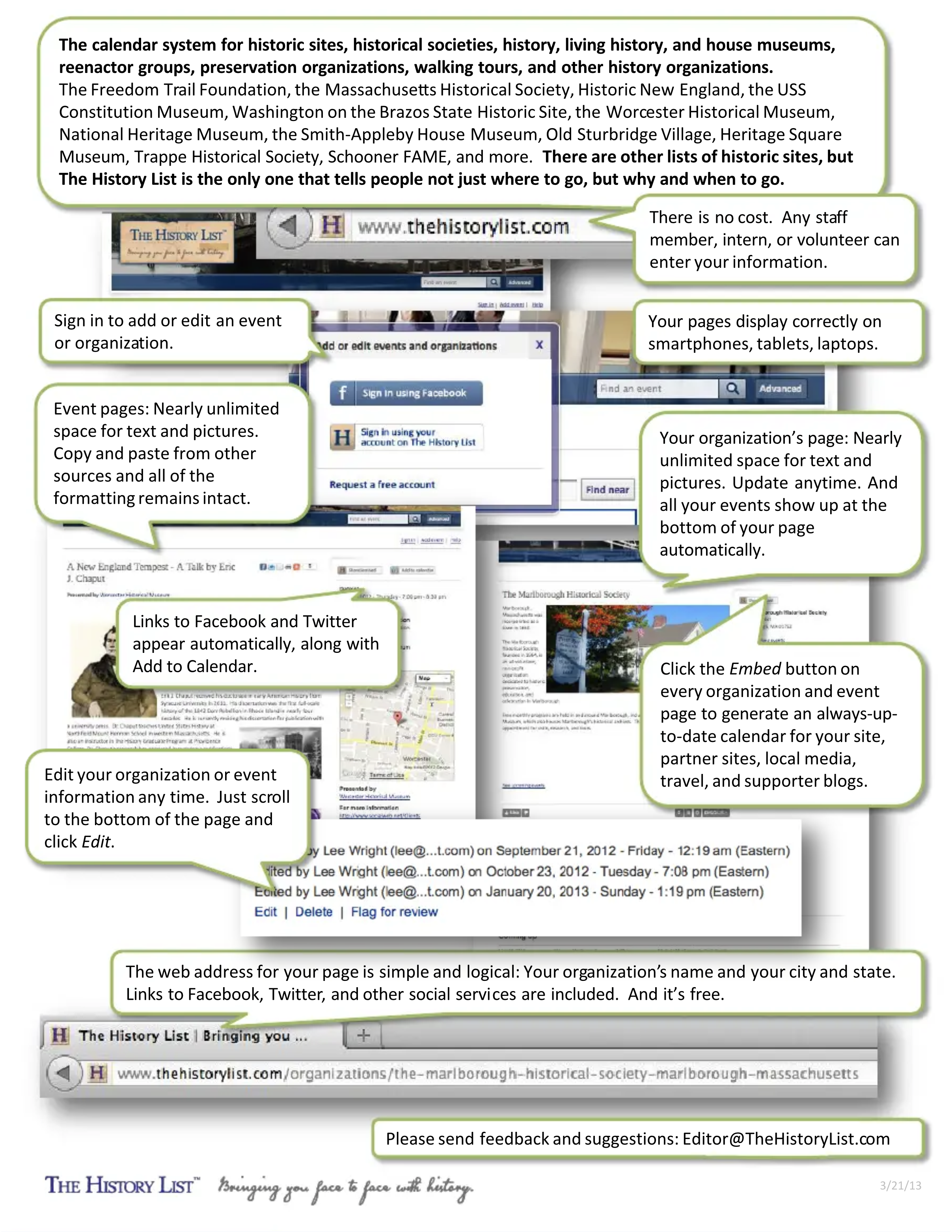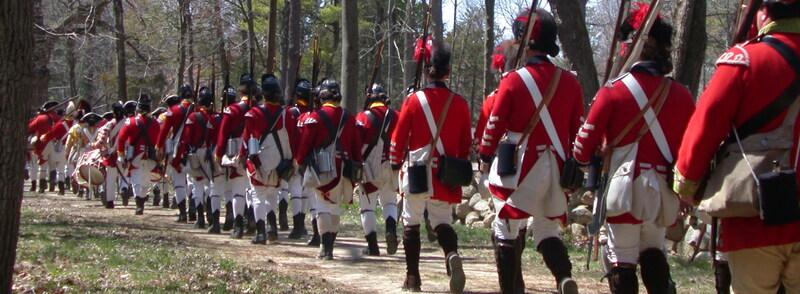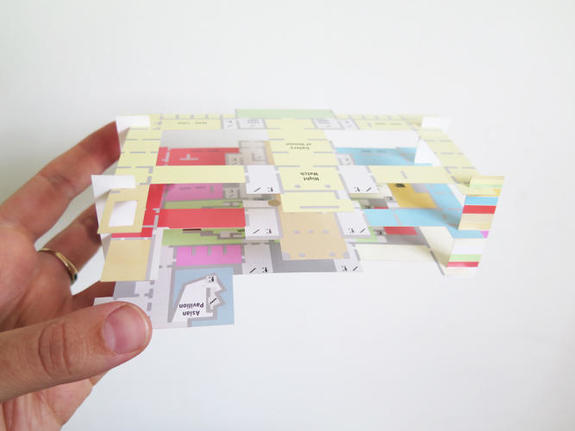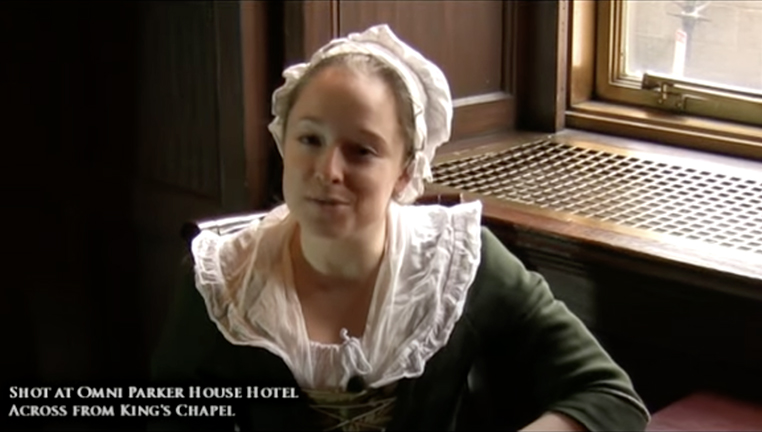Engaging more people in your historic site or with your history organization
In response to a post on our Facebook page about declining attendance at historic sites and history museums, Ryan Schwartz, a Gallery Educator at the Museum of the American Revolution in Philadelphia, provided a helpful list of examples. His post follows.
I’d be very happy to offer up some examples that I have seen implemented at institutions that I have been a part of, as well as some programs that show true innovative thought I have seen implemented elsewhere.
Some examples from institutions I have worked:
- Tavern Nights/Happy Hours/Pub Crawls that mix social lubrication with historical information and storytelling. Another version of this is Date Night for parents looking for a unique night out.
- Night at the Museum programs. I include in this margin a truly excellent Halloween program put on in a Midwestern living history site I once worked for that utilized its historic buildings and local talent to tell fright tales of old Europe and Africa and explore how they translated into the fabric of their new country.
- Partnering with local theatre organizations to develop short, strategically placed presentations that tie to museum’s core mission. Having the flexibility to perform without the museum’s walls also helps to project presence and draw in additional guests. Storytelling benches also fall under this category.
- Developing online resources for teachers and homeschooling parents. Far from keeping schools away because the “information is online,” we saw a marked uptick of attention from local teachers for field trips as well as garnering kind commentary from distance learners.
- Taking advantage of historically-relevant popular culture, such as Hamilton and Turn, to generate programs and special talks.
- Cultivating relationships with local gathering places and restaurants, which is especially useful in urban settings. Having popular restaurants promote an upcoming evening with a museum’s content can help extend customer loyalty from one institution to another by association.
- Creating additional daily programming within “traditional museums” to keep content and guest experiences fresh. These can include daily talks on various subjects of interest, the insertion of costumed demonstrations and presentations, crafts, etc.
- Join with other local historic sites as a consortium to present joint programs and talks: we’re never in competition with each-other, after all . . . just civics-based entities working towards the same cause.
- Ensuring that your museum is marketed as being “family-friendly” while ensuring that the slogan is accurate in real-life. Creating hands-on learning spaces, offering Makers programs, including youth-friendly interactive elements as a part of or throughout museum galleries, etc. shows young parents that they can still indulge in a museum visit without the kids being an impediment.
- Dare to tackle current events and sensitive topics. We always worry about people being uninformed of issues relevant today, so we shouldn’t be afraid to address those issues. We don’t have to give them answers, but help them develop their own. Sensitive topics can also be an avenue when addressed sensitively: people are curious about them, if perhaps nervous about being the ones to broach the subject. So: let’s talk about feminism, politics, LGBTQ, gender identity, and all these other taboos and how history can place these constructs into context.
- Be a community player. Our museums are almost inevitably part of a greater community and the movement towards creating stronger communities is ever-growing. Making sure that your institution is visible in supporting the community is exceptionally important– craft fairs, farmers markets, community festivals, run/walks, these are all popular outreach possibilities which are incredibly viable for museums to interact with.
The central theme of many of these is visibility: be seen as present and accessible. Get out beyond the walls and into the streets, be vibrant, be fun, be daring, be authentic.
Some institutions I have witnessed creating great programs in the last years:
- Colonial Williamsburg’s “Under the Redcoat.” For a weekend, the site was occupied by British troops (reenactors) leading up to the American victory at Yorktown. Guests were encouraged to take part in the action, serving as citizens, spies, and soldiers for the occupying army and the Revolutionary underground. Its worth noting that Williamsburg’s recent financial woes, by their own admission, greatly stem from their for-profit side, rather than their educational mission.
- Conner Prairie’s Underground Railroad experience “Follow the North Star.” In this program, students and guests engage with the issue of slavery in an honest and personally impacting way.
- Gettysburg National Military Park. Not only does NPS continue their fine legacy of informing the public, they offer exceptional talks, tours, living history demonstrations and, recently, this park has become the proving ground for NPS’s concept to reshape the terrain to give guests a more immersive look into what the battlefield would have resembled in 1863.
- Minnesota Historical Society’s History on Wheels Program, bringing history to the masses, especially students. Minnesota is a vast state and many of its citizens are far from population centers where traditional museums are located, so they branched out with a neat little program.
- Pamplin Historical Park in Petersburg, VA, offers overnight and weekend-long experiences to immerse guests of all ages in the Civil War soldier’s experience.
- Eastern State Penitentiary not only preserves the first major prison in America, but it offers incredible flexibility to exploring guests with audio tours as short as thirty minutes or as long several hours. Their recent exhibit, “Prisons Today” deals with remarkable clarity on current events issues of massed incarceration. They Halloween offering, “Terror Behind the Walls” is likewise apparently something to behold, though I’ve not attended myself.
- Fort Ticonderoga in upstate New York recently re-invented their interpretation program, leveling up their authenticity and taking great pains to ensure that live crafts are being demonstrated on a daily basis. This may be the best living history program in the continental United States and its success has recently been answered with an outpouring of funds for another round of upgrades.
- The United States Holocaust Memorial Museum was and is one of the most remarkable in the nation. It deals unflinchingly yet sensitively with one of the most difficult-to-teach subjects of all time. They also have a fascinating program where interested guests can follow the life of an individual throughout the museum, which is a sobering and heart-wrenching experience. It has been emulated many times, notably by the Titanic traveling exhibit.
- The Museum of Popular Culture (Seattle, WA) is an exceptional space, though decidedly non-traditional. It does excellent work in exploring current events and detailing how phenomena like Game of Thrones, cell phones, or Star Wars shape the world and the mindset of the people who live in it.
I do not mean to leave any out, but these are the ones that I have seen or that have been recommended to me by those I trust and know.

